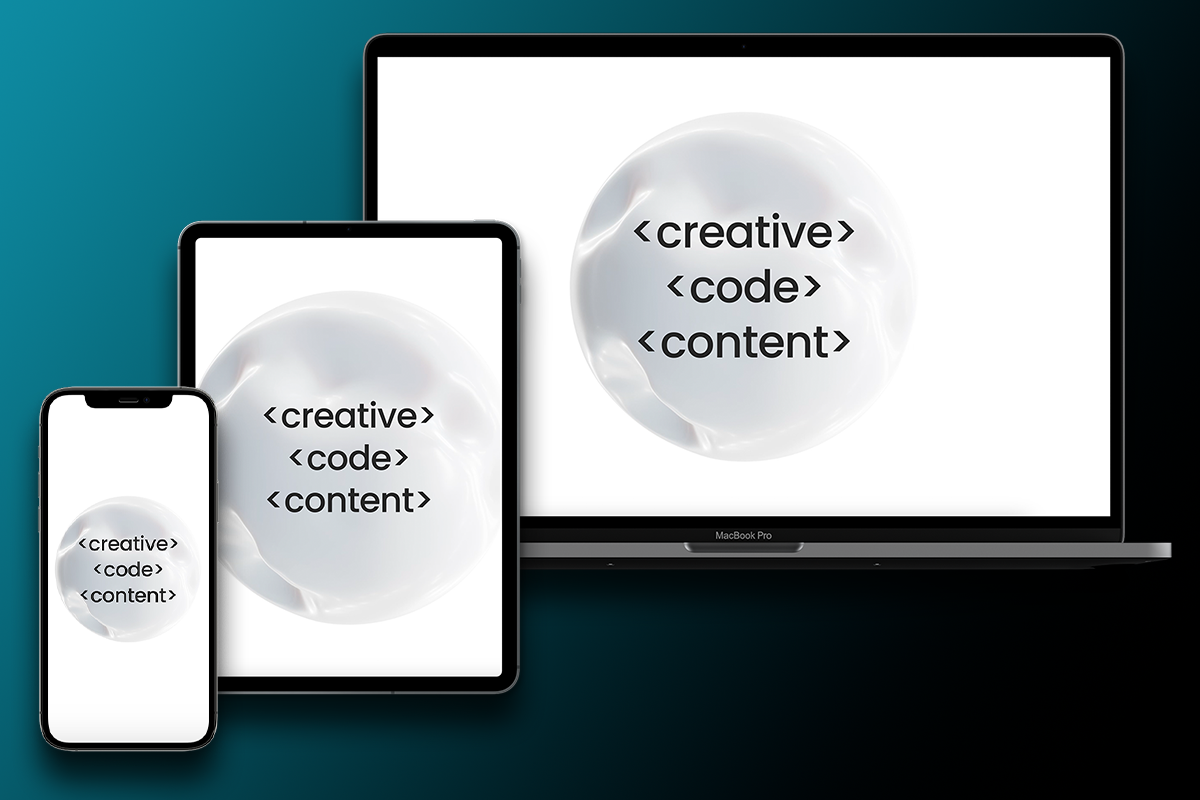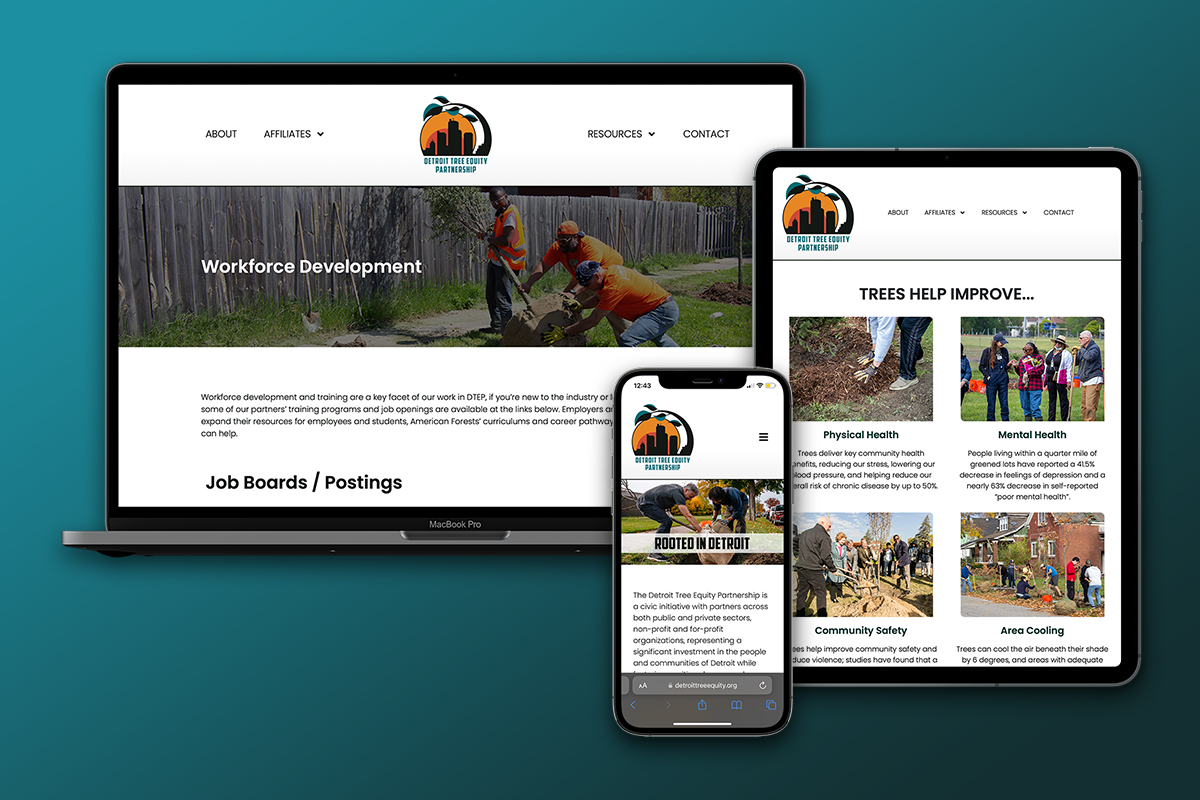In the ever-evolving landscape of the digital age, websites have become an integral part of our lives. We rely on them for information, entertainment, communication, and much more. However, have you ever wondered about the creative minds behind these visually stunning and user-friendly websites? Enter the world of web design, an art form that combines aesthetics, functionality, and user experience to create captivating online platforms. In this blog, we will explore what web design is, its core elements, and why it plays a crucial role in shaping our digital interactions.
Defining Web Design:
Web design refers to the process of conceptualizing, planning, and creating the visual and interactive elements of a website. It encompasses a range of disciplines, including graphic design, user interface (UI) design, user experience (UX) design, coding, and content creation. Web designers blend creativity and technical skills to produce websites that are aesthetically pleasing, functional, and aligned with the goals of the website owner or organization.
Elements of Web Design:
- Layout and Structure: The layout and structure of a website determine how information is organized and presented to the users. It involves creating a logical hierarchy, employing grids, and arranging content elements such as headers, navigation menus, sidebars, and footers. An intuitive and visually balanced layout ensures easy navigation and enhances the overall user experience.
- Visual Elements: Visual elements play a vital role in web design. This includes color schemes, typography, images, videos, and other graphical elements. Choosing the right combination of colors, fonts, and images helps to create a cohesive and visually appealing website that reflects the brand identity and captures the attention of visitors.
- User Experience (UX): User experience is a critical aspect of web design. It focuses on creating websites that are intuitive, easy to navigate, and provide a seamless interaction for users. Web designers optimize usability by considering factors such as site speed, mobile responsiveness, clear call-to-actions, and consistent branding. A well-designed user experience enhances engagement, encourages conversions, and keeps visitors coming back for more.
- Responsiveness and Compatibility: In today’s mobile-centric world, web design must consider responsiveness and compatibility across various devices and screen sizes. Responsive design ensures that websites adapt and display correctly on desktops, laptops, tablets, and smartphones. By implementing fluid layouts and flexible media, web designers provide users with a consistent and optimal browsing experience, regardless of the device they use.
Why Web Design Matters:
- First Impressions: A well-designed website creates a positive and lasting first impression. It instantly communicates professionalism, credibility, and trustworthiness to visitors. A poorly designed website, on the other hand, can deter users and lead them to look for alternatives.
- Branding and Identity: Web design plays a significant role in establishing and reinforcing a brand’s identity. Through the strategic use of colors, typography, and visual elements, designers create a cohesive and memorable brand experience. Consistent branding across the website fosters recognition and strengthens brand loyalty.
- User Engagement and Conversion: Effective web design captures and retains user attention. By employing intuitive navigation, compelling visuals, and persuasive calls-to-action, designers guide visitors through the website and encourage them to take desired actions, such as making a purchase, subscribing to a newsletter, or filling out a contact form.
- Search Engine Optimization (SEO): Web design and SEO go hand in hand. A well-optimized website structure, clean code, and fast loading speed positively impact search engine rankings. Web designers collaborate with SEO specialists to ensure that websites are search engine friendly, thus driving organic traffic and improving online visibility.
Web design is a multifaceted discipline that merges aesthetics, usability, and technology to create engaging digital experiences. It encompasses various elements, from layout and visual design to user experience and responsiveness. In a world where online presence is crucial, web design plays a pivotal role in shaping the way we interact with digital platforms. By understanding the significance of web design, individuals and businesses can harness its power to captivate audiences, achieve business goals, and create meaningful connections in the digital realm.

